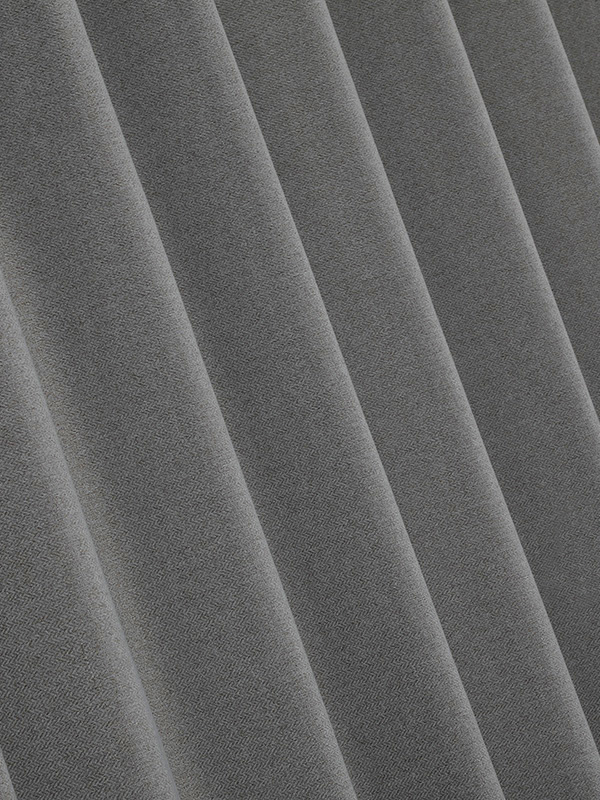The effectiveness of blackout curtain fabrics in reducing outside noise is closely related to the density of the material. A denser fabric can significantly impact the soundproofing capabilities of the curtains, influencing both sound absorption and transmission. Here’s a detailed exploration of this relationship:
This refers to how much sound passes through a material. Denser materials generally have higher mass, which makes them more effective at blocking sound waves. The principle behind this is that sound energy is absorbed or reflected by heavier materials, reducing the amount of noise that can penetrate through.
This involves how much sound is absorbed by a material rather than transmitted through it. Denser fabrics tend to have more material to absorb sound energy, thereby reducing reverberation within a room.
Blackout curtains made from heavy materials, such as thick polyester or blends with added weights, are more effective at reducing noise. The increased weight translates to better sound insulation, as the fabric can dampen vibrations from sound waves more effectively.
Many blackout curtains utilize multi-layer designs that combine different materials. For example, a heavy outer layer may be paired with a softer, more absorbent inner layer. This combination can enhance both the density and the sound absorption capabilities, leading to improved noise reduction.
Dense fabrics are particularly effective at reducing lower frequency sounds, such as traffic noise or rumbling from construction. These frequencies require more mass to be effectively dampened. A heavier, denser blackout curtain can attenuate these sounds better than lighter options.
While dense fabrics can also absorb higher frequency sounds, the effectiveness may vary. Higher frequency sounds are often more directional and can pass through lighter materials more easily. However, the presence of multiple layers in heavy blackout curtains can still provide some degree of absorption for these sounds.
The STC rating measures how well a building element, like a curtain, reduces sound transmission. Generally, heavier materials tend to have higher STC ratings, indicating better performance. Although blackout curtains may not have specific STC ratings available, denser fabrics can provide a noticeable reduction in noise levels, making them suitable for environments where sound control is essential.
The effectiveness of blackout curtains also depends on their fit and installation. For optimal noise reduction, curtains should cover the entire window area and be installed as close to the wall as possible. This reduces sound leakage around the edges, maximizing the benefits of the dense fabric.

Longer curtains that extend to the floor and overlap the window edges can further enhance soundproofing. This additional material creates more surface area to absorb sound and prevents noise from entering around the edges.
While denser materials improve noise reduction, blackout curtains are not completely soundproof. They primarily serve to reduce ambient noise rather than eliminate it entirely. Factors like window type and external noise source intensity also play significant roles in overall sound control.
For those seeking substantial sound reduction, combining blackout curtains with other soundproofing measures, such as acoustic panels or double-glazed windows, can lead to better overall results. Density in blackout fabrics should be seen as one component of a broader soundproofing strategy.
The relationship between the density of blackout curtain fabrics and their effectiveness in reducing outside noise is significant. Heavier, denser materials are better at blocking and absorbing sound, particularly lower frequency noise. While blackout curtains can effectively mitigate ambient noise, achieving optimal sound insulation often requires careful consideration of fabric density, construction, installation, and complementary soundproofing solutions. By understanding and leveraging these factors, homeowners and designers can create quieter, more comfortable indoor environments.

 中文简体
中文简体











